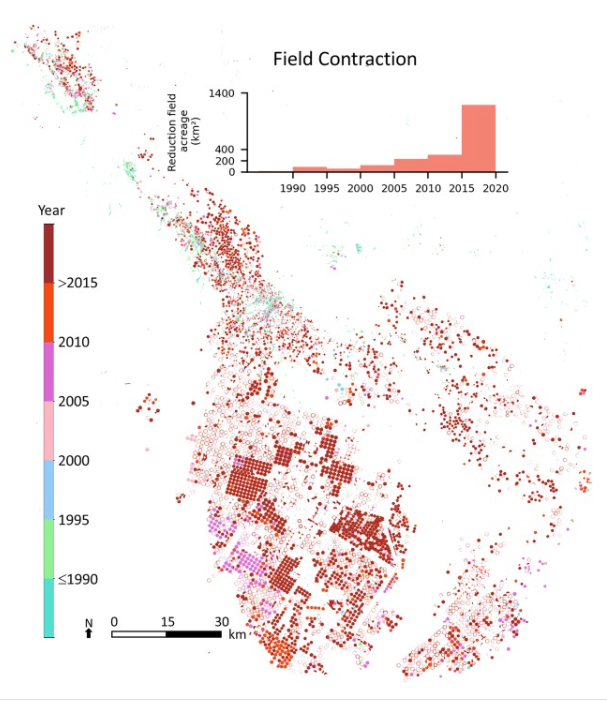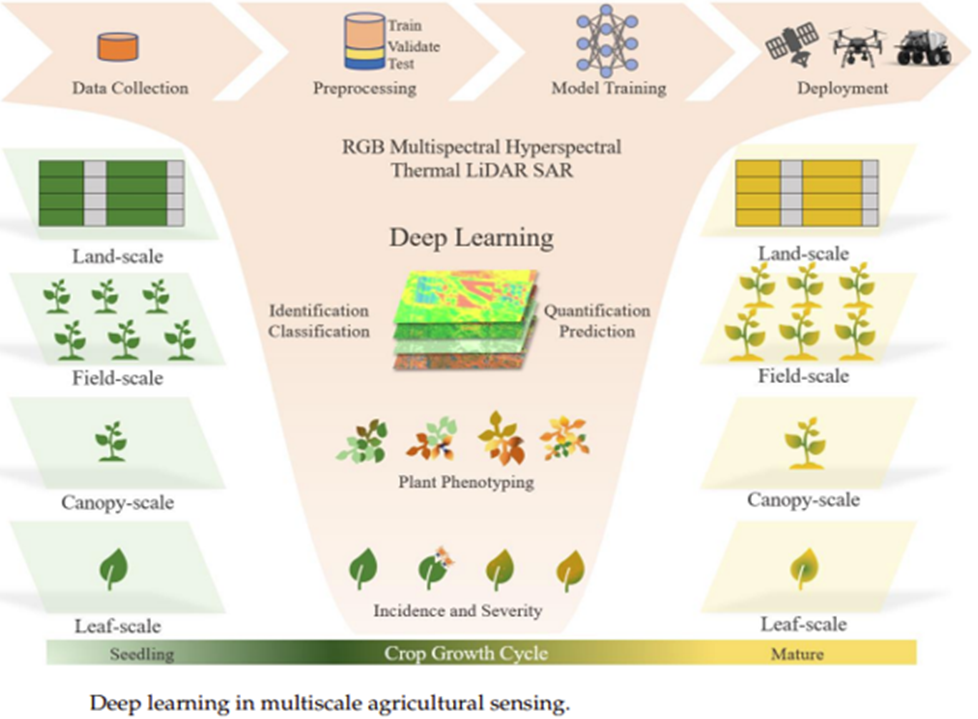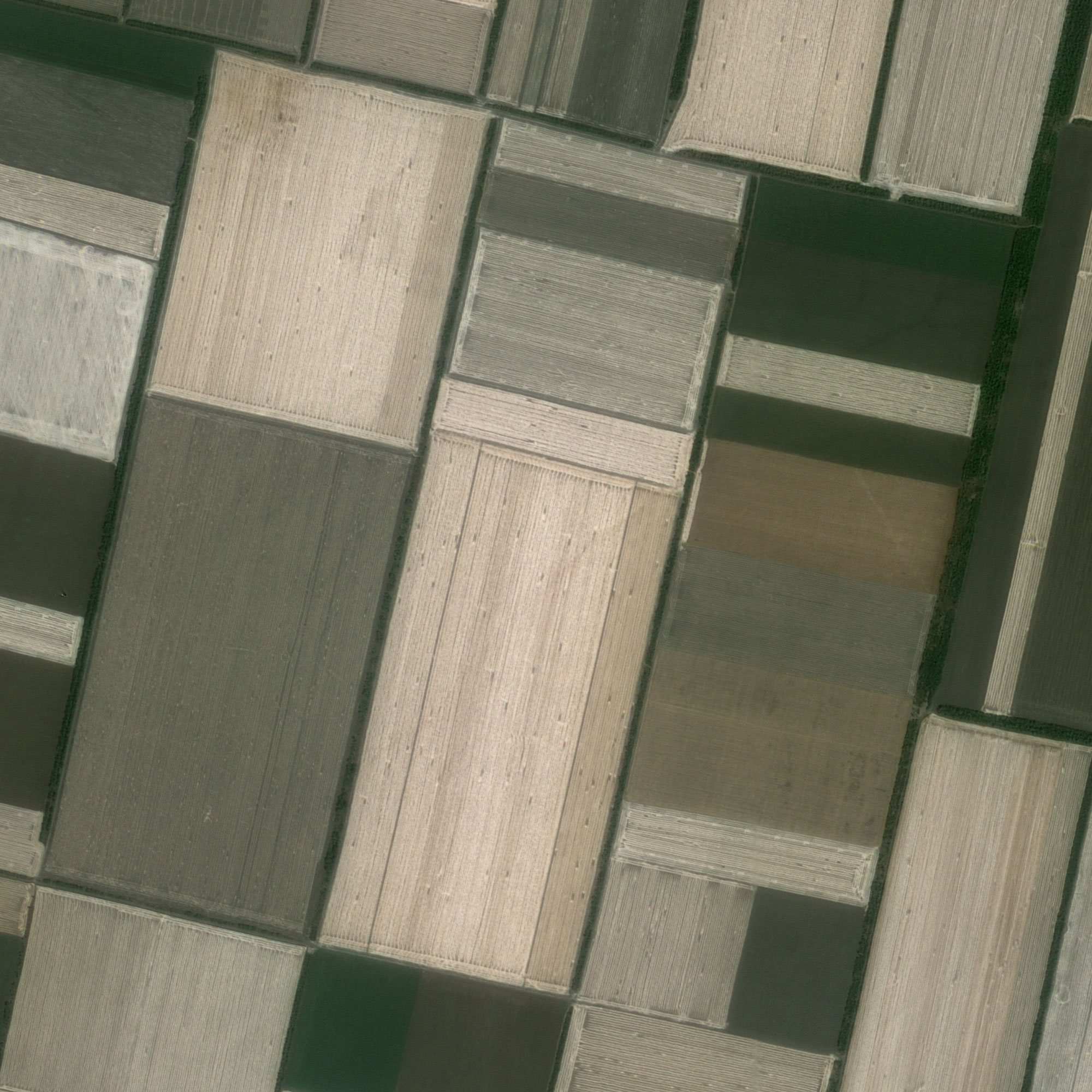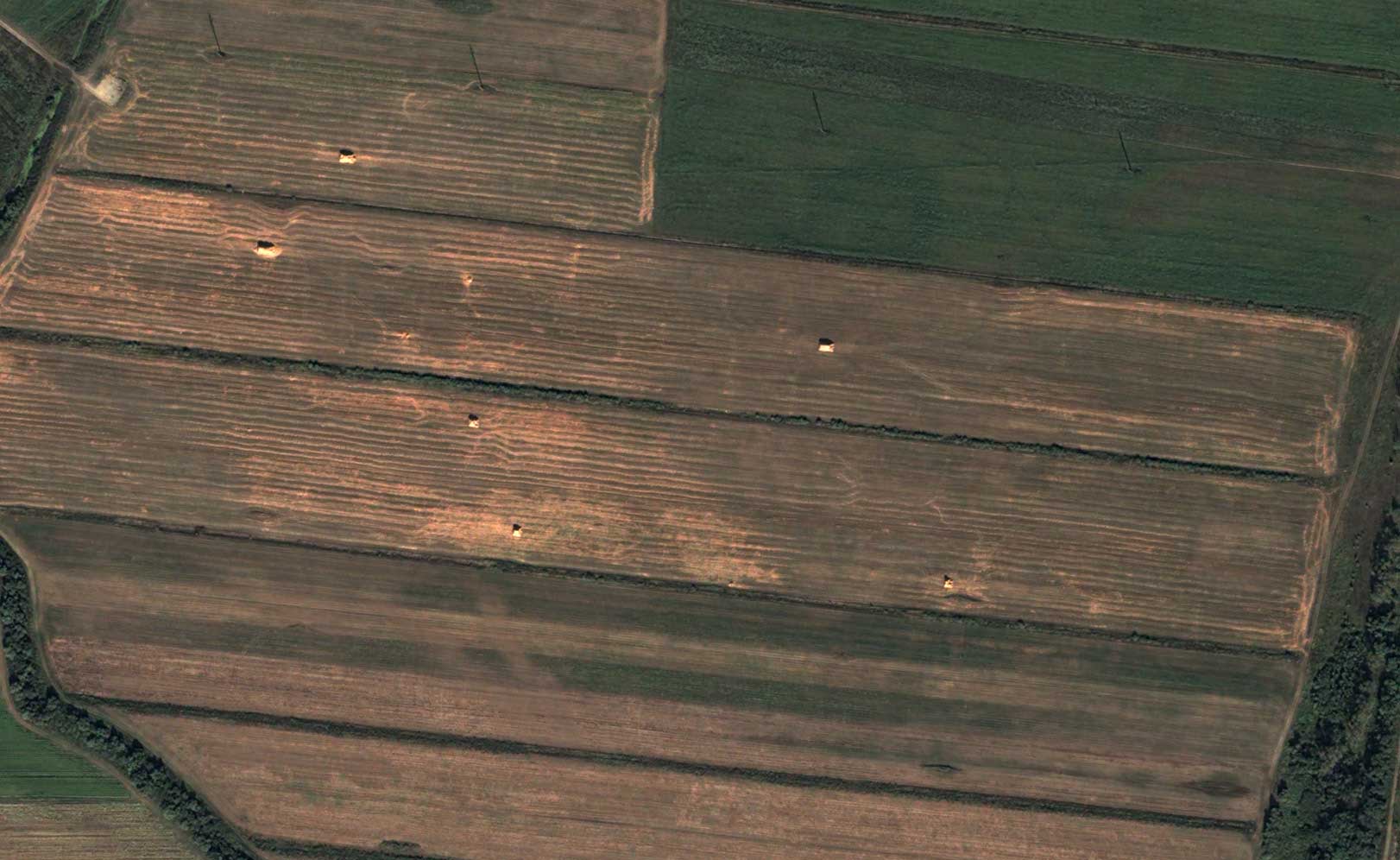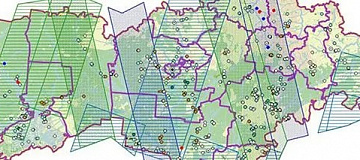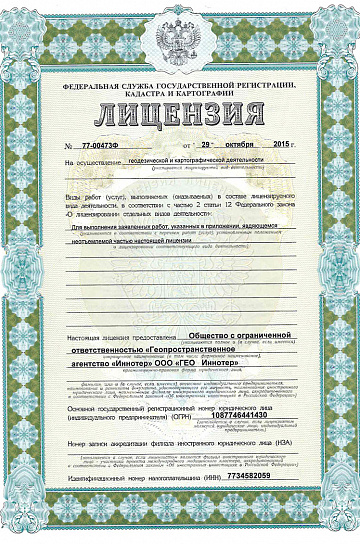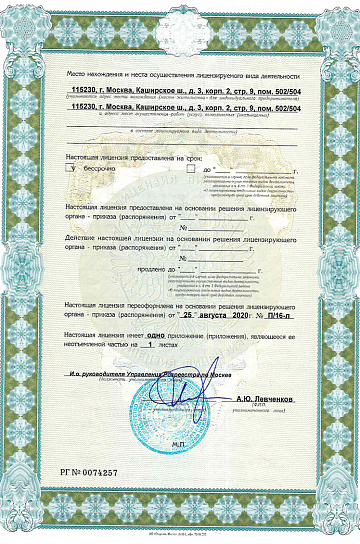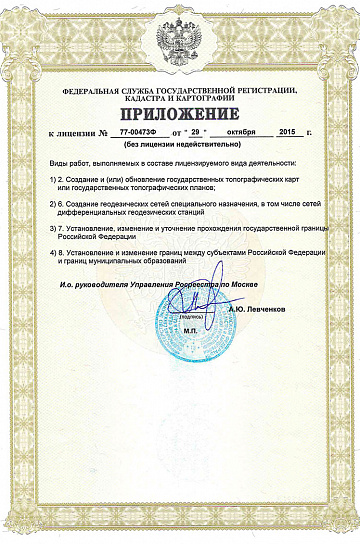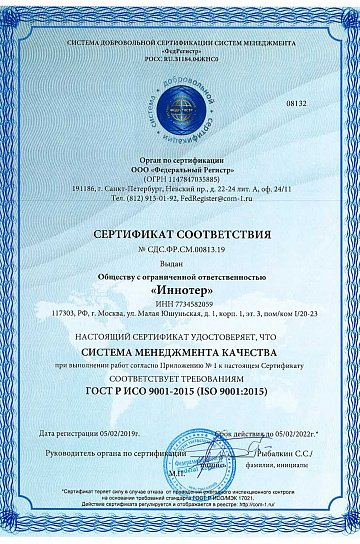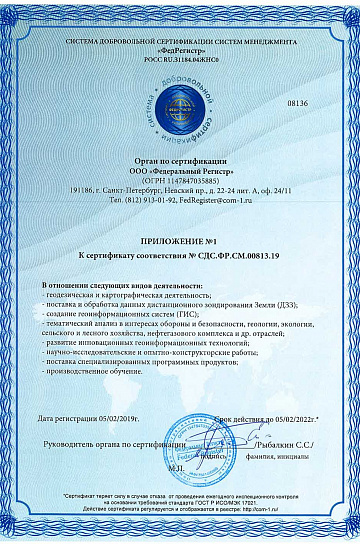Agriculture is the most important, fundamental, and in-demand economy in the world. Nothing is more crucial for a human being than being fed and surviving. Everything else is secondary.
The global agricultural infrastructure is scattered and heterogeneous, ranging from small household plots and farmers to medium and large agro-industrial holdings (in China – collective farms). All of them, in one way or another, depend on climate and natural living conditions on Earth.
The technology of food production exists in an annual cycle, from manual labor to high-tech modern machine-based land processing.
The main problems of agriculture are concentrated on the axiom of life: water, drought, weather, pests, and soil fertility.
Agricultural development is one of the most powerful tools for eradicating extreme poverty, increasing overall prosperity, and feeding the projected 9.7 billion people by 2050.
Growth in the agricultural sector is two to four times more effective in raising the incomes of the poorest populations compared to other sectors. Analyses conducted in 2021 showed that 65% of poor working adults earn their living from agriculture. Agriculture is also crucial for economic growth: in 2018, it accounted for 4% of the world's gross domestic product (GDP), and in some of the least developed countries, it can contribute more than 25% of GDP.
At the national level, in most countries, food security—the ultimate product of agriculture—is a top priority. It is clear that first and foremost, we should consider the countries of Africa and Asia.
In this regard, remote sensing technology is not just an auxiliary tool but a fundamentally important solution for ensuring agricultural crop yields. A trivial example is the modern development of agriculture in the USA and Europe, and partly in China.
Therefore, our target customers for remote sensing are, of course, in Russia (depleted lands of the Volga region, the North, and the Far East), in Asia (India, Cambodia, Indonesia, Vietnam), and the poorest African countries. Specific remote sensing directions include water resources in Arab countries, Algeria, Morocco, Tunisia, and several others.
The remote sensing process in agriculture is based on information collected by various aerospace devices over a certain period (LULC technology for land condition assessment). The collected data can then be used to analyze various aspects of agricultural objectives: crops and yields.


Remote sensing data analysis is used to make adjustments to crops to ensure maximum industry productivity.
For example, the most detailed and widespread threats faced by agricultural producers, from a remote sensing perspective, are crop infestations by pests and weeds. Here, it is necessary to transition from satellite imaging to UAV-based imaging and field verification. Today, remote sensing in agriculture can realistically help detect such threats at an early stage and warn farmers about the need for necessary countermeasures to ensure crop health.

The use of satellite imagery in agriculture helps cover vast land areas and can assist in monitoring crop conditions.
By analyzing plant color with accurate UAV data provided by sensors, the chlorophyll level in a plant can be measured, allowing farmers to determine nutrient deficiencies or health problems in plants.
Using infrared and Red-Edge sensors, the NDVI model can easily identify damaged crops, giving farmers more time to take effective countermeasures to save the harvest.
The use of thermal sensors can help optimize irrigation systems.
Long-wave infrared (LWIR) sensors can be used to check which regions emit heat due to poor water supply systems.
GPS from satellites provides accurate location information, which is fundamental for new agricultural innovations such as self-driving agricultural machinery and autonomous farming equipment.

You can order from us
Need for consultation?
Fill the form and we will contact you
Customers
FAQ
Agricultural land monitoring holds a special place in land monitoring. The use of land in agriculture has its own unique characteristics, the most important of which is its irreplaceability for food production.
Agricultural land monitoring is categorized as follows:
- By administrative and territorial division
- By land categories
- By anthropogenic impact
- By user categories
- By intended use
- By agricultural land utilization

Fundamentals of Agricultural Land Monitoring
In recent years, the land resource management authorities established in our country have failed to develop an effective resource management system and have lost control over land use and protection.
This is evidenced by the following factors: a decline in humus content, increased physical soil degradation processes. The soil is subject to degradation, losing its resistance to destruction and its ability to regenerate fertility.
Analyzing the multifaceted relationships emerging in land use processes indicates an unsatisfactory state of land monitoring. This explains the incomplete information regarding the size and forms of land ownership, the owners of land shares, the conditions of land leases, land tax amounts, and land cadastral valuation. Farms do not conduct a systematic analysis of land relations.
All of this negatively impacts land use, land management activities, the formation of an optimal land ownership and land use structure, and the enforcement of legally established measures against improper land use.
It is now evident that a modern land resource management system based on land monitoring is necessary.
Land monitoring can be defined as a system of observations over the state of land resources to promptly identify changes, assess them, predict trends, prevent negative processes, and mitigate their consequences.
Improving agricultural land monitoring aims to prevent agricultural land loss, preserve and incorporate it into agricultural production, and provide all land-use stakeholders with accurate information on the state and actual use of agricultural lands.
Agricultural land monitoring includes systematic observations of the condition and use of crop rotation fields, soil fertility parameters, and vegetation cover changes on arable land, fallow land, meadows, and pastures, among others.
Agricultural Field Registry
Stage 1: Automated provision of satellite imagery
Soil composition maps.
Stage 2: Automated processing of satellite imagery to create a statistical database
Fire monitoring.
Stage 3: Generation of real-time statistical reports
Information on subsidy and funding volumes.
- Stage 4: Interpretation of information for automated data utilization
- Stage 5: Development of an online portal for various user categories
- Stage 6: Decision-making process
- Stage 7: Forecast development
- Automated provision of satellite imagery;
- Automated processing of satellite imagery to generate intermediate products, forming the basis for statistical reports, aggregate figures for the Voronezh region, and thematic maps;
- Real-time statistical reporting and analytics;
- Interpretation of obtained data for automated use in a system that determines specific land characteristics based on satellite imagery;
- Development of an online portal for different user categories;
- Implementation of rapid decision-making processes;
- Forecasting and predictive analytics.
Thanks to this innovative development, agricultural management specialists, as well as agricultural producers and landowners, will be able to visualize crop development in a unified system and respond promptly to emerging issues.







